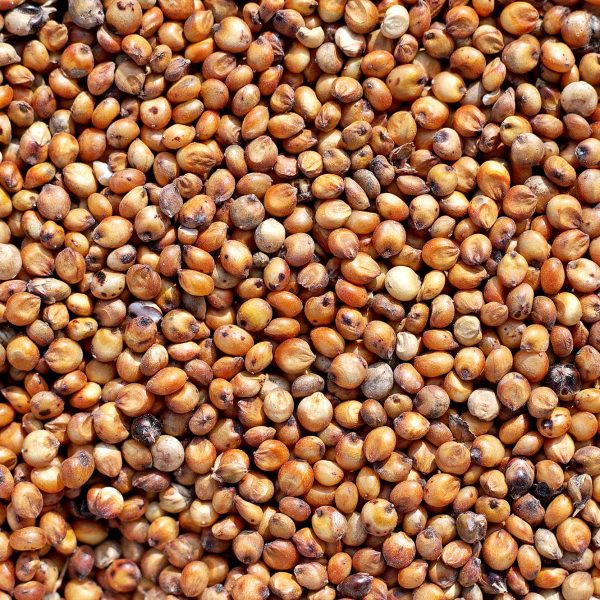Sustainability, Oxidative Stress Mitigation And Sensory Characteristics Of Sorghum-Based Canine Diets Designed For The International Market
Executive Summary
Use of sorghum in high value food applications is increasing, and its benefits such as lower glycemic index and higher satiety potential are being studied extensively. One other major benefit often cited with regard to grain sorghum is its sustainable production system. This characteristic will prove to be of increasing value in the U.S., as environmental regulations are put in place following the same trend as in Europe. Use of downstream sustainable processing technologies, such as extrusion, will further accentuate the sustainability attribute of sorghum-based pet food. This study is the first to quantify the CO2 footprint during processing of extruded food products, in this case for sorghum-based dry expanded pet foods. A novel computer-based model was developed for detailed energy analysis of the extrusion process, based on which the CO2 footprint was calculated. The model predicted CO2 footprint in the range of 553-693 lb/ ton of manufactured pet food product and total greenhouse gas emission of 558-598 lb CO2 equivalent/ton. The CO2 footprint of corn-based dog food (588 lb/ ton) was slightly higher than the average for sorghum-based diets (575 lb/ton) at the same process intensity (high thermal energy). Sorghum based diets had lower gelatinization (69-76% for red sorghum and 68-78% for white sorghum), as compared to the corn-based control diet that had a gelatinization of 92%. This pointed to potential resistant starch and consequentially prebiotic effect in the former. The higher bulk density and textural hardness of the sorghum-based diets pointed to a more appealing product for canines as compared to the corn-base diet. The sensory attributes of all diets such as appearance, aroma, flavor and texture were characterized using a trained sensory panel. The sensory textural attributes such as firmness, fracturability and initial crispness mirrored the instrumental hardness data. The in-vivo studies with dogs demonstrated that diets formulated with white or red sorghum are nutritional adequate for adult dogs, without negatively affecting nutrient digestibility or causing any signs of gastrointestinal discomfort or intolerance. Coefficients of nutrient digestibility for the nutrients were high, and comparable with premium commercial canine diets. Fecal concentrations of short-chain fatty acids (e.g., acetate, propionate and butyrate) indicate that white and red sorghum diets had comparable hindgut fermentation of C diet. Even though no statistical difference was not observed for fecal butyrate concentration, a numerical increase of this SCFA was noted in fecal samples of dogs fed red sorghum and white sorghum. This is an important finding as butyrate is a major energy source for colonocytes and is important to support gut health.


